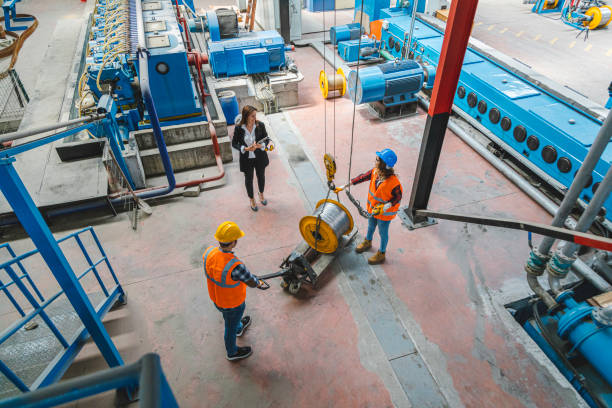Defying Stereotypes: A Guide to Career Switching in Midlife
Career switching is not just for the young and restless. More and more, midlife professionals are making the bold move to redefine their career paths. This article delves into the phenomenon of midlife career changes, from its origins to its relevance in the current job market.

A Historical Perspective on Midlife Career Changes
In the past, the concept of a career was synonymous with stability and longevity. People often stayed in one job or one organization for the majority of their working lives. However, as societal norms and expectations evolved, the definition of a career has considerably broadened. Today, a career is viewed as a series of varied experiences, roles, and positions. It is not uncommon for individuals to have careers that span multiple industries. This shift in perception has paved the way for midlife career changes.
The Modern Job Market and Midlife Career Changes
Rapid advancements in technology and the ever-changing nature of the job market have made career versatility a valuable attribute. The modern job market values adaptability and continuous learning, traits that midlife career switchers often exhibit in abundance. As industries evolve and new roles emerge, the ability to redefine one’s career path is an asset, not a liability.
Benefits and Challenges of Midlife Career Switches
A midlife career change can bring a breath of fresh air and a renewed sense of purpose. It can help individuals align their work with their evolving interests, values, and life circumstances. However, it is not without its challenges. Career switchers may face obstacles such as ageism, the need for retraining, and potential financial implications. Proper planning, flexibility, and a growth mindset are crucial to navigate these challenges successfully.
Career Switching Strategies for Midlife Professionals
Successful midlife career switching is often a result of strategic planning and execution. It involves self-assessment to identify transferable skills, research to explore potential new industries, networking to gather insights and opportunities, and retraining to acquire relevant skills. It is also important to prepare mentally and emotionally for the change. Seeking professional advice from career strategists or coaches can also be beneficial.
The Future of Midlife Career Changes
As the job market continues to evolve, the trend of midlife career switching is likely to grow. Employers are increasingly recognizing the value of diverse experience and the unique perspectives that career switchers bring. Moreover, the societal stigma associated with midlife career changes is gradually fading. The future looks promising for those who dare to redefine their career paths, even in midlife.
In conclusion, midlife career changes are not just a fleeting phenomenon but a significant shift in the job market and career development landscape. They reflect the changing nature of work and the increasing value placed on adaptability and lifelong learning. As this trend continues, it is essential for individuals and organizations alike to understand and embrace the unique opportunities it presents.




